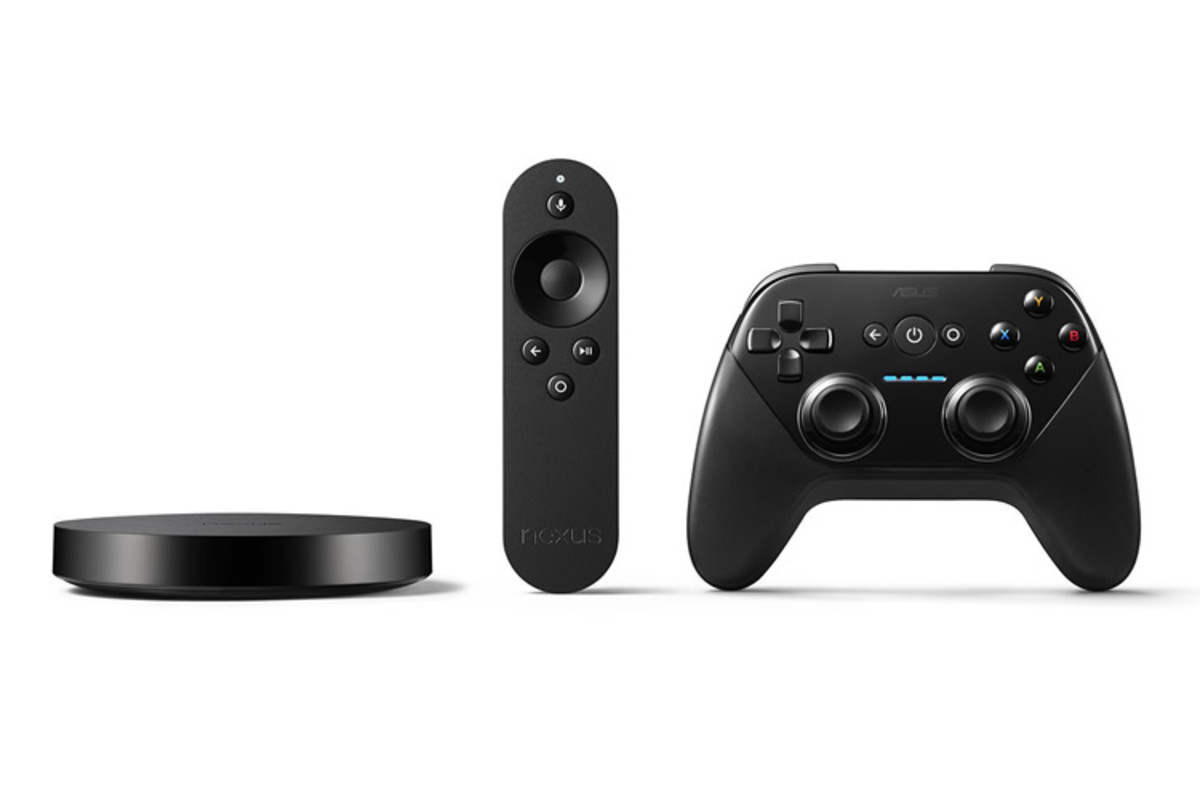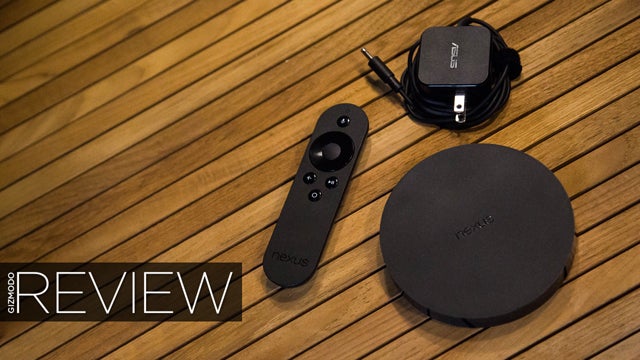

- #NEXUS PLAYR INSTALL#
- #NEXUS PLAYR UPDATE#
- #NEXUS PLAYR UPGRADE#
- #NEXUS PLAYR FULL#
Because people’s experiences, backgrounds, and intuitions differ, it may be a good idea to read through Others may struggle over the most basic operation. Some readers will have no difficulty and breeze through the steps easily. These steps shouldn’t require a PhD in software development either. While this guide is certainly not for the extremely uninitiated, It is difficult to say how much experience is necessary to follow these instructions.
#NEXUS PLAYR INSTALL#
Using these, you can build bothĪ LineageOS installation zip and a LineageOS Recovery image and install them on your device. The required tools as well as the very latest source code for LineageOS (based on Google’s Android operating system) for your device. These instructions will hopefully assist you to start with a stock Google Nexus Player, unlock the bootloader (if necessary), and then download We strongly advise you to opt out of installing these, as they may cause your device to bootloop,Īs well as attempt to access or corrupt your data. Warning: Depending on which recovery you use, you may be prompted to install additional apps and services.
#NEXUS PLAYR UPGRADE#
Upgrade to a higher version of LineageOS (e.g. Your device will reboot to recovery and install the update, then reboot to the updated installation.
#NEXUS PLAYR UPDATE#
Then proceed to click “Install” on the newly pushed update to commence installation.
Open Settings, navigate to “System”, then “Updater”. Additionally, open Settings, then “System”, then “Developer Options”, and then either check “Rooted Debugging” (LineageOS 17.1 or above) or select “Root Access Options”, then “ADB Only”. Make sure your computer has working adb. Your device will reboot to recovery and install the update, then reboot to the updated installation.įrom your PC via the push_update script (Linux/macOS only) When the download completes, click “Install”. Choose which update you’d like and press “Download”. Click the Refresh Icon in the top right corner. Alternative methods are supported, however. Note: LineageOS strongly recommends using our builtin Updater app. (Optionally): If you want to install any additional add-ons, repeat the sideload steps above for those packages in sequence. On the host machine, sideload the package using: adb sideload filename.zip. On the device, select “Advanced”, “ADB Sideload”, then swipe to begin sideload. Return to the previous menu and tap Advanced Wipe, then select the Cache and System partitions and then Swipe to Wipe. This will remove encryption and delete all files stored in the internal storage.  Now tap Format Data and continue with the formatting process. Press the Bottom Button for two seconds to select. Tap the Bottom Button until recovery is selected.
Now tap Format Data and continue with the formatting process. Press the Bottom Button for two seconds to select. Tap the Bottom Button until recovery is selected.  With the device unplugged, plug in the device while holding the Bottom Button until a menu is displayed. If you are not in recovery, reboot into recovery:. Optionally, download additional application packages such as Google Apps (use the x86 architecture). Build a LineageOS installation package. Of course it is very likely that Google will fix many of these issues in the near future, and so many of these bugs might even be fixed before too many consumers actually get their hands on the Nexus Player.Tip: The file may not be named identically to what stands in this command, so adjust accordingly. On the plus side, you can at least extend your media selection thanks to built-in Googlecast technology, but that’s still not nearly as useful as built-in native apps. We also have to point out that the software experience isn’t without its share of bugs and quirks, including connection drop outs from the Internet, controller connection drop outs and the like.
With the device unplugged, plug in the device while holding the Bottom Button until a menu is displayed. If you are not in recovery, reboot into recovery:. Optionally, download additional application packages such as Google Apps (use the x86 architecture). Build a LineageOS installation package. Of course it is very likely that Google will fix many of these issues in the near future, and so many of these bugs might even be fixed before too many consumers actually get their hands on the Nexus Player.Tip: The file may not be named identically to what stands in this command, so adjust accordingly. On the plus side, you can at least extend your media selection thanks to built-in Googlecast technology, but that’s still not nearly as useful as built-in native apps. We also have to point out that the software experience isn’t without its share of bugs and quirks, including connection drop outs from the Internet, controller connection drop outs and the like. #NEXUS PLAYR FULL#
As already mentioned, there’s not a ton of games, but there’s even less music and entertainment apps! Here’s the full list (and there’s only 23): While the interface works well, we can’t help but think it feels incomplete. This extends to the app selection as well.







 0 kommentar(er)
0 kommentar(er)
